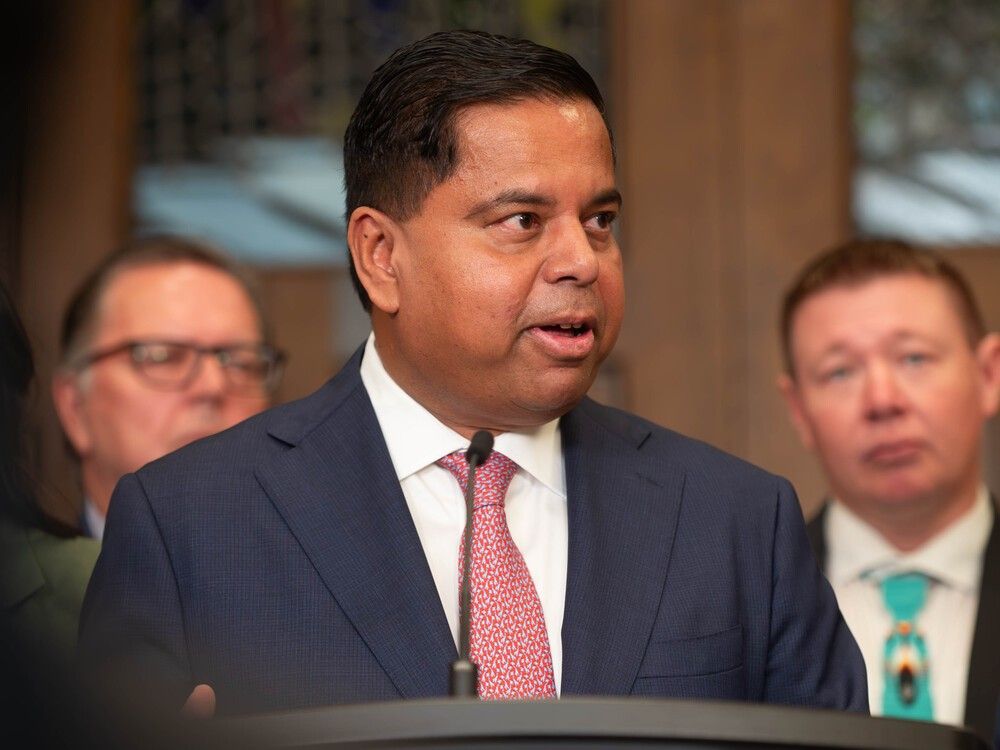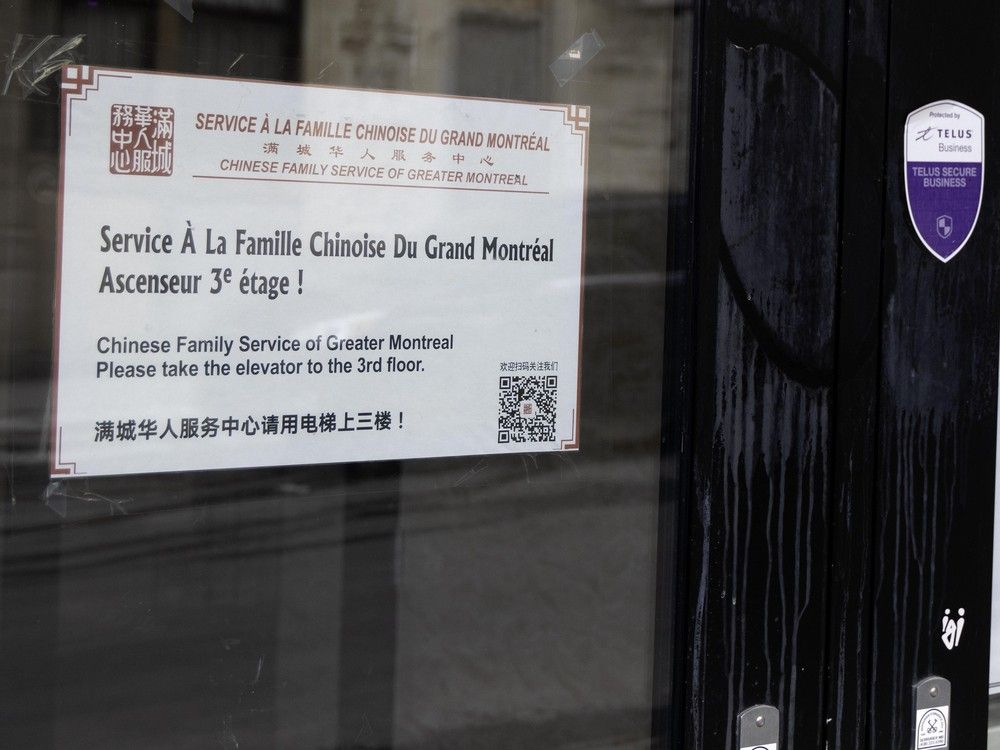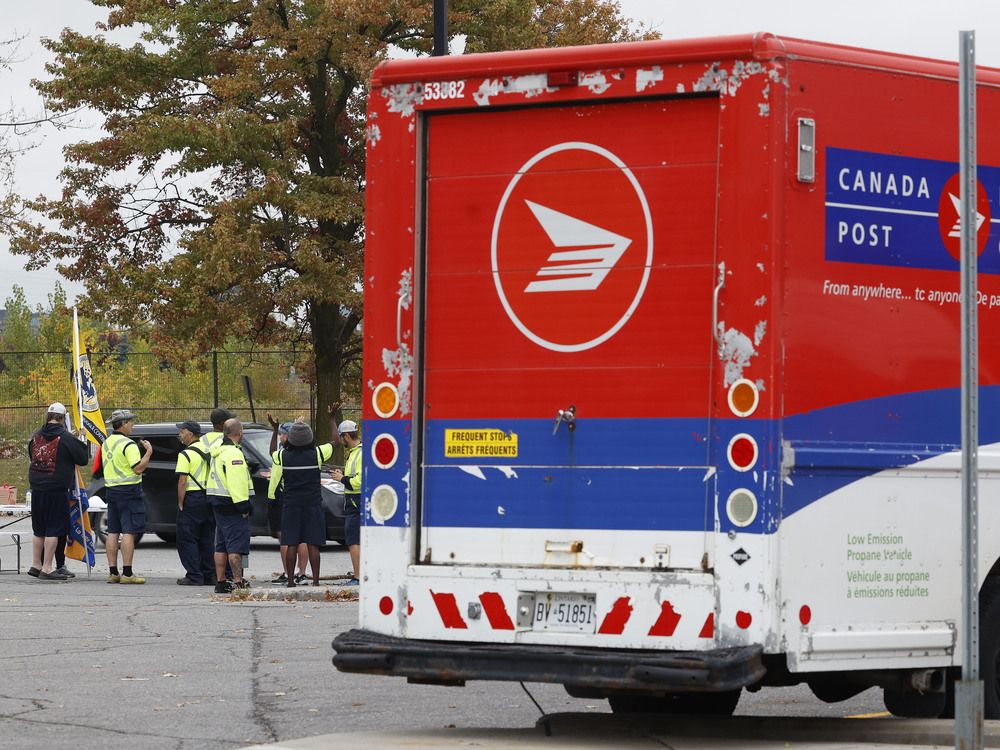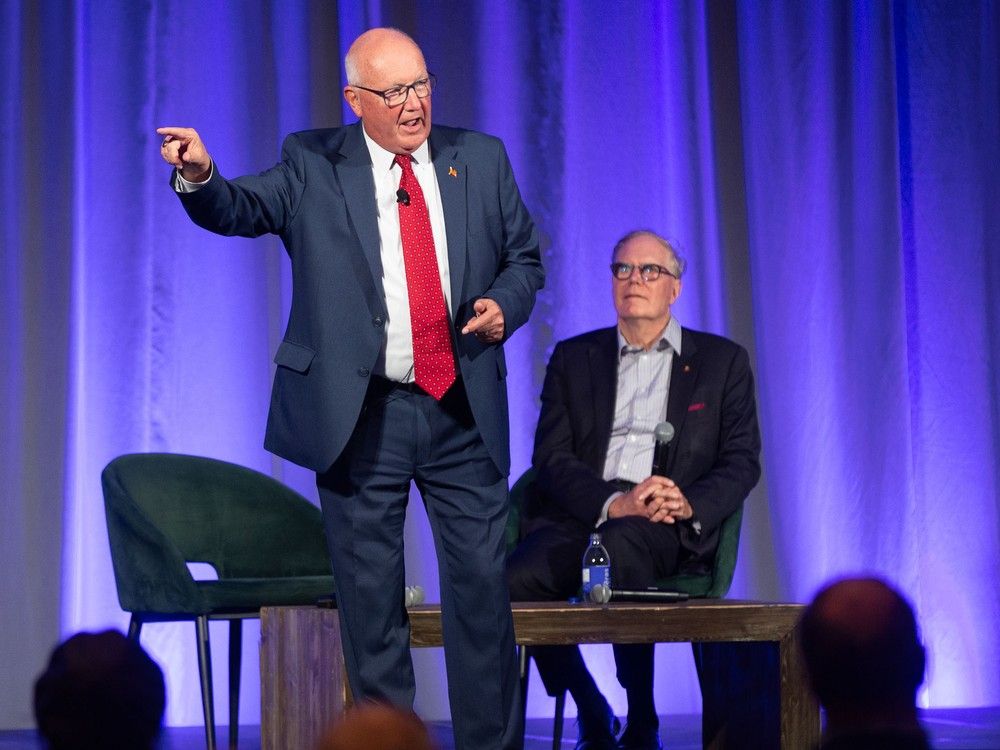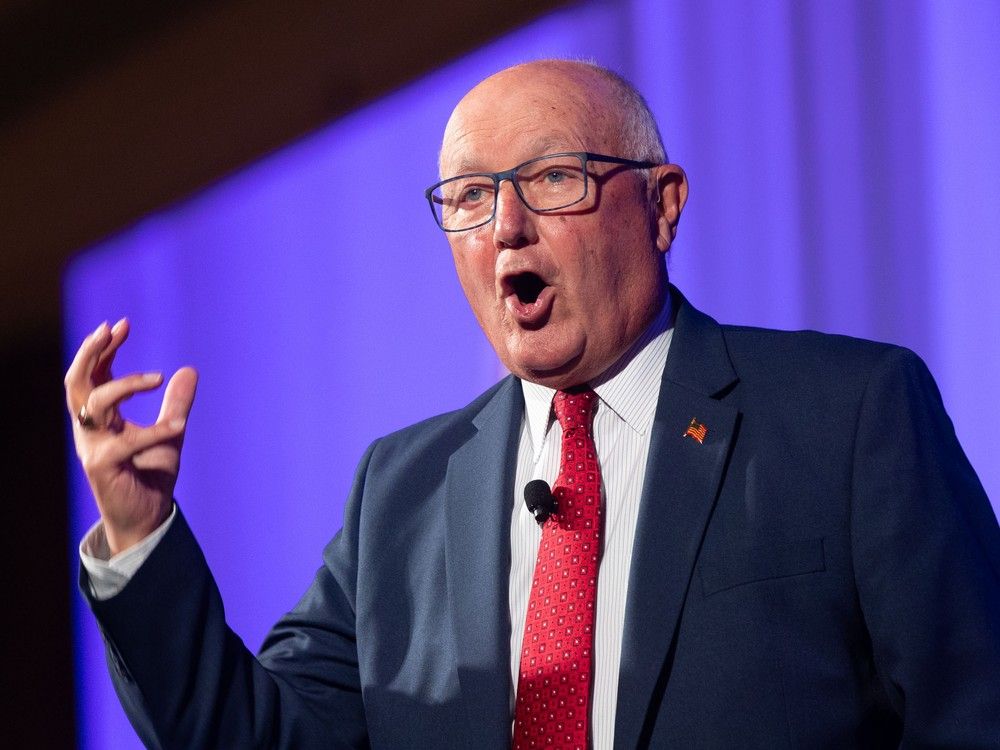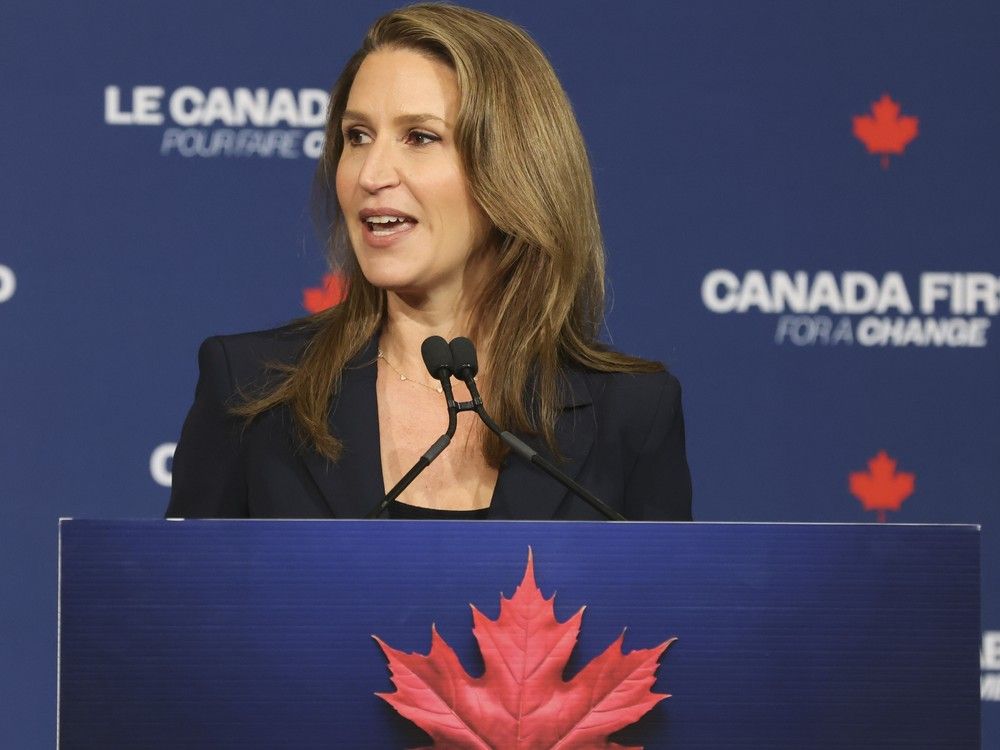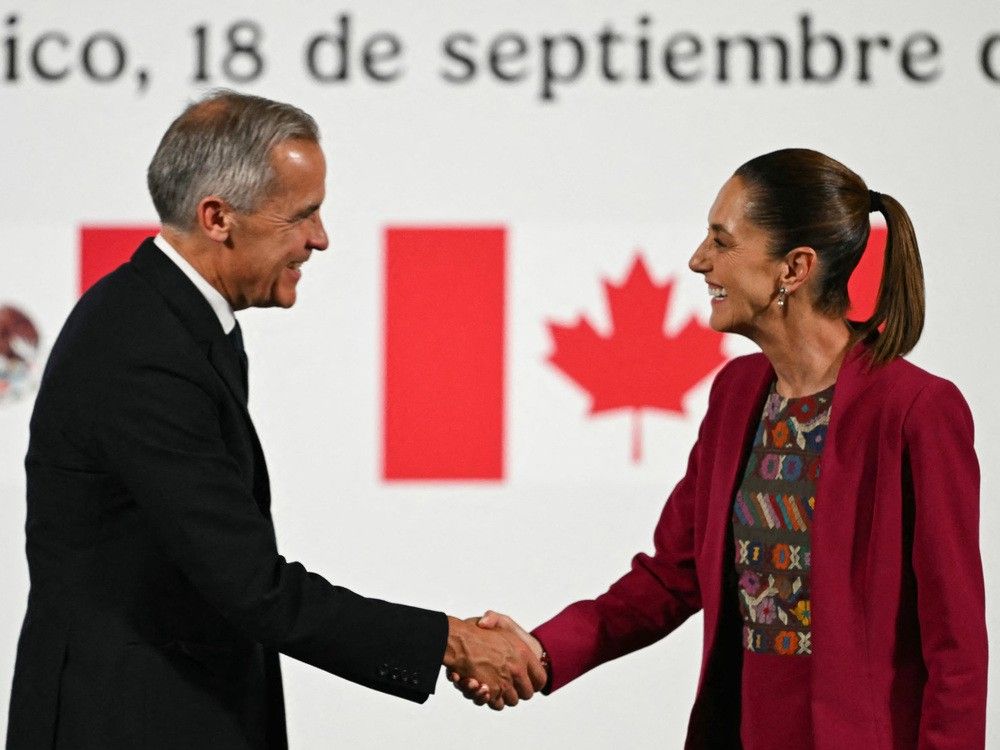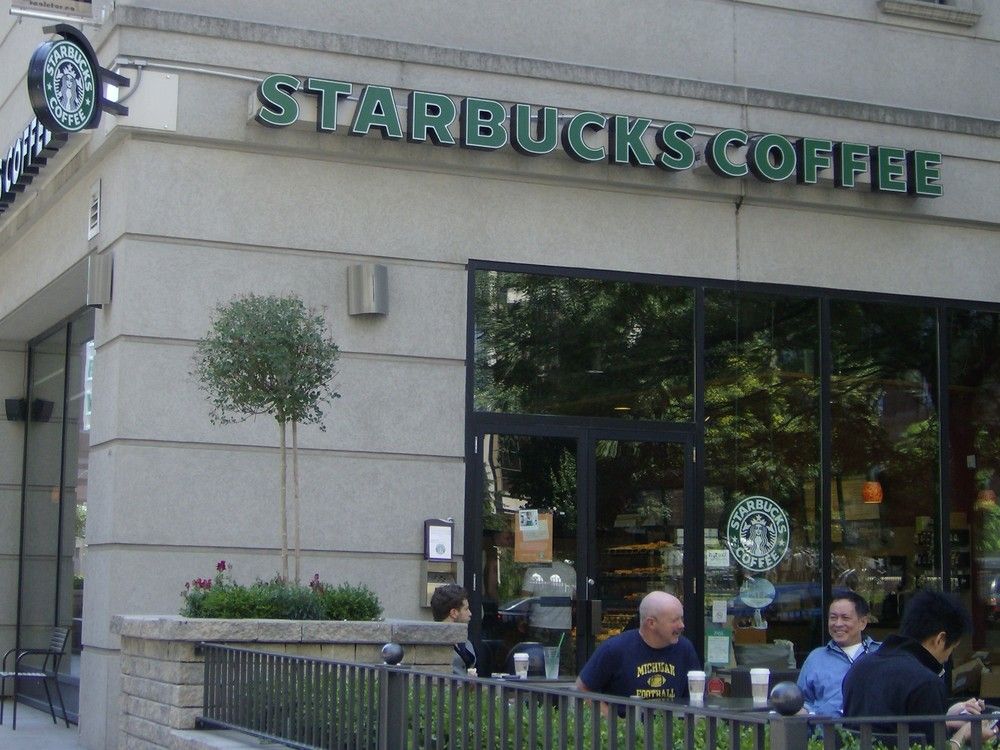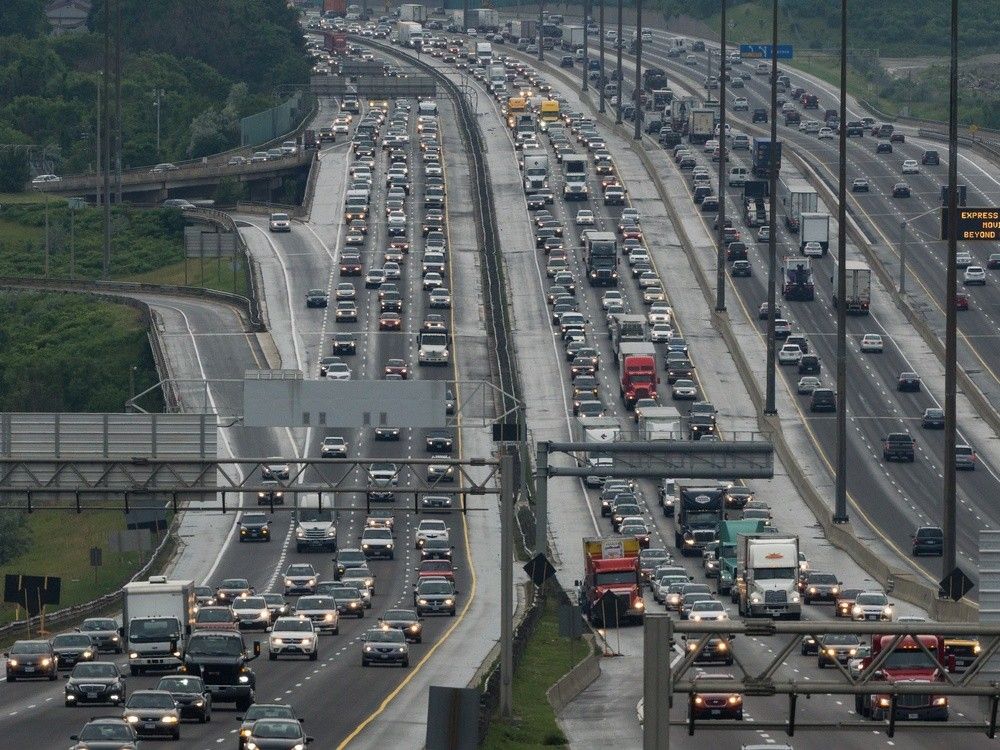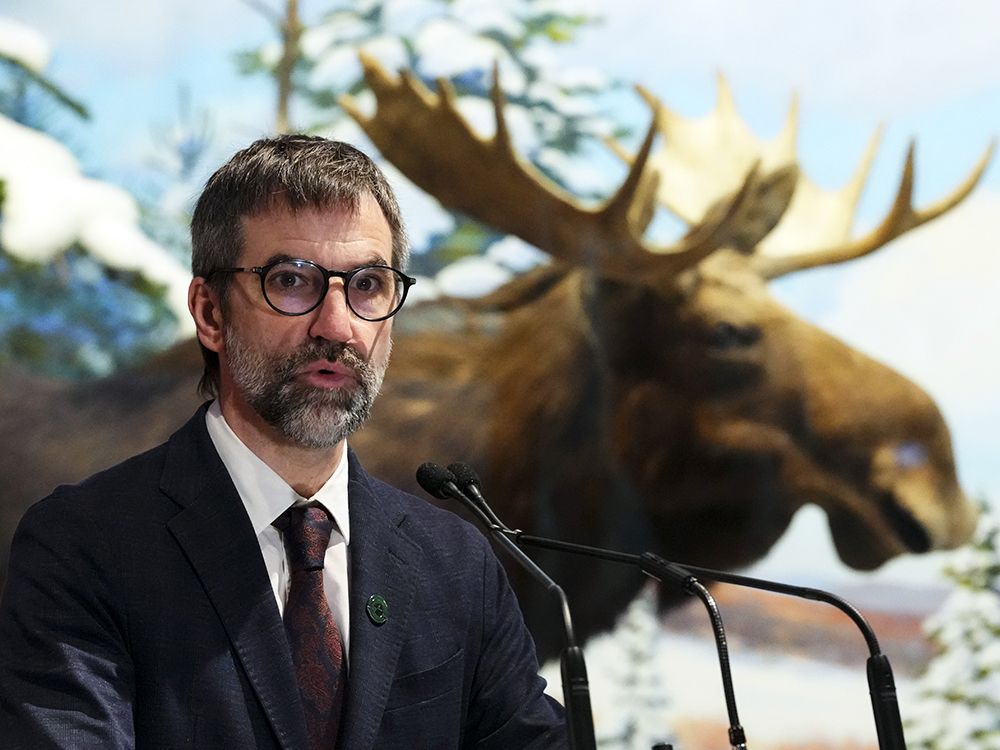
WASHINGTON, D.C. — Two characters with rival ambitions who have not always seen eye to eye are suddenly compelled to work together to take on a common antagonist …
It could be the theme of a superhero flick, but it’s the reality of U.S. President Donald Trump’s trade war that has Prime Minister Mark Carney and Mexican President Claudia Sheinbaum reaching for their capes. They hope their newfound cooperation can serve up a plot twist in the upcoming renegotiation of the Canada-U.S.-Mexico Agreement (CUSMA).
Last week, the two North American leaders met in Mexico City to expand both their economic and security ties, deepening their trade pact ahead of talks about the renewal of the free trade agreement. Both worry that the White House’s demands may prove disruptive in negotiations, so they’re seeking strength in numbers.
“I have full confidence, and so does the president (Sheinbaum), that we can find the adjustments needed to reinforce competition and competitiveness in our region,” Carney said in Mexico, noting that they would share intelligence on cross-border criminal organizations and work to improve border security. Fentanyl coming in from the border has been a particular concern for Trump
“We will move forward together,” Carney said, dispelling any notion of Canada sidelining Mexico in talks with the U.S.
The two countries have strong reasons to work together, but will their new pact make things easier or harder in negotiations with Trump?
Tariff-ic incentives
This year, the White House has imposed a 35 per cent tariff on non-CUSMA-compliant Canadian exports and a 25 per cent tariff on most Mexican non-CUSMA-compliant exports. But the U.S. president has also used Section 232 tariffs, citing national security threats, to impose sanctions — and notably overriding CUSMA — on steel and aluminium trade, with tariffs as high as 50 per cent.
The general tariffs, levied under the International Emergency Economic Powers Act, have been questioned in U.S. courts, and the Supreme Court is set to review the case in November.
But even if those tariffs dry up legally, the U.S. administration is preparing to ramp up its use of the Section 232 tariffs in several areas, including semiconductors, copper, pharmaceuticals, lumber, commercial aircraft and jet engines, and a few other areas, with investigative reports for these due before the end of the year. Trade experts expect these investigations to lead to more tariffs on these products — and their derivatives — that override CUMSA, much like we’ve seen with steel and aluminum.
With so many tariffs potentially further weakening CUSMA, it is even more important that Canada and Mexico manage to keep as much of the agreement intact as possible.
Strategy as key
Carney and Sheinbaum hope their cooperative overtures can bolster their positions in CUSMA renegotiation talks, which are set to get underway next summer.
Wendy Cutler, senior VP at Asia Society Policy Institute and a former trade negotiator at the Office of the U.S. Trade Representative, sees it as a positive step and doubts that the White House will mind that Carney and Sheinbaum are coordinating.
“The U.S., under the Trump administration, I’m sure has concluded it has the most leverage of anyone. And it’s not going to be nervous about Canada and Mexico uniting on certain issues.”
“It could give (Canada and Mexico) more leverage vis-a-vis the U.S.,” Cutler said, but only if the countries remain united.
“If they’re not united,” she warned, “I think, like any good negotiator, the U.S. will play one off against the other,” noting that’s what they kind of did during the initial CUSMA negotiation.
Other experts say all-out unity isn’t necessary, so much as a better understanding of each other’s priorities.
The Canada-Mexico pact is “designed to have cooperation and collaboration in important areas,” said Jeff Schott, senior fellow at the Peterson Institute for International Economics.
To continue enjoying the benefits of North American integration, Schott noted, Canada and Mexico know they need to work effectively with the U.S. and with one another, in both economic and security terms.
They don’t have to have a commonality in every area, Schott said, but they should “have a coordinated approach that promotes the best result for all three countries in North America.”
But any level of cooperation could still backfire.
“I do think (the pact) probably bothers the U.S.,” said Clark Packard, a research fellow at the Herbert A. Stiefel Center for Trade Policy Studies at the Cato Institute. “But ultimately, this wouldn’t have happened if the U.S. had just abided by the terms and spirit of cooperation under (CUSMA).”
Mexico and Canada both know they won’t have as much leverage as the U.S., and the negotiations will require a balancing act, Packard explained, because they will be starting from a “position of lower trust” in Washington.
He recommended that Carney and Sheinbaum push hard for tools that can help ensure CUSMA cannot be further abused by the fact that all three countries can impose national security-type trade measures that otherwise override CUSMA, essentially creating exceptions to the deal.
“Given the Trump administration’s proclivity to abuse national security as a pretext for rank protectionism,” Packard said, “I would ask for something like a requirement that Congress vote on the national security declaration” to offer an extra layer of assurance.
Likely flashpoints
All three countries have launched public consultations domestically ahead of the CUSMA review, and we will learn more about those in November, but experts already anticipate heated debate in a few areas.
Most trade experts expect the U.S. to push for stricter rules of origin, particularly for automobile manufacturing, and provisions for restricting or more intensely screening Chinese investment in the three countries. But Washington will likely also push for improving the rapid response mechanism when it comes to labor and updating the digital provisions.
Cutler said she’s concerned that if Washington presses Ottawa and Mexico City for preferences over one another in terms of where investments should go and on rules of origin, “I think that’s going to be very difficult for Canada and Mexico to accept.”
A bright red line, meanwhile, could be what the U.S. asks for in terms of external tariffs towards China, she added.
Tightening automotive rules of origin — CUSMA currently requires 75 per cent of the value of passenger vehicles, light trucks, and core auto parts to originate in North America — means costing producers even more, Schott warned.
“The more you tighten the rules of origin, the more you impose cost pressures that producers may not be able to recoup in the marketplace,” he said.
Packard agrees that auto rules or origin will be a contentious issue, but he is also keeping his eye on lumber, agriculture, and dairy, in particular.
Dairy is a tough issue for Carney to budge on, owing to domestic politics and the lobbying power of Ontario and Quebec’s farmers, but Andreas Schotter, an international business professor at Western University’s Ivey Business School, said Carney should hold the contentious Canadian dairy quota as a “trump card” in the CUSMA negotiations. He suggests giving it up for leverage and then following up later with dairy subsidies to offer farmers continued support.
Schotter is impressed by the fact that Sheinbaum agreed to meet with Carney, but he said one meeting is not enough. He urged Carney to “keep on pedalling” to move forward with the pact.
Whatever becomes the most-heated CUSMA-related topic in the months ahead, there will be one key difference within the U.S. that could benefit Canada and Mexico. Next November’s midterms mean members of Congress will be looking to shore up support in their constituencies. That will lead to more voicing of concerns about the costs of tariffs and interrupted trade policies that are hurting their voters. With the IEEPA tariffs, few American Republicans have dared to say anything for fear of a backlash from Trump — or even being primaried — but messing with CUSMA will likely invite public pushback.
“Congress is going to be a very active partner in this negotiation, unlike their role in other tariff negotiations in recent months,” said Cutler, noting how CUSMA needs congressional approval and North American businesses will want to be heard about how Trump’s tariffs are hurting them.
Long road ahead
There has been little progress on the U.S.-Canada trade negotiations in recent weeks, and all of the experts expect those talks to fold into the CUSMA review next year.
Because Trump has “essentially ripped up a binding framework that has damaged our commercial relationship,” Packard said, Canada and Mexico have strong arguments heading into the negotiations. But that doesn’t mean they will go well — or quickly.
“I anticipate these negotiations are going to be pretty fraught and lengthy,” Packard said.
Schott agrees, but he thinks some of the timing will come down to internal U.S. politics. In fact, he’s not sure the negotiations will start on time next July, given that it’s in the middle of the midterm election campaign.
“I can see nothing really major changing or being advanced or agreed to until after the results of the midterm elections,” he said.
Some fear it will take even longer.
“My sense is that it won’t be completed in 2026 — that it will continue unless Trump feels he’s gotten everything he can,” said Cutler.
“And I think that won’t be the case.”
National Post
Our website is the place for the latest breaking news, exclusive scoops, longreads and provocative commentary. Please bookmark nationalpost.com and sign up for our newsletters here.
